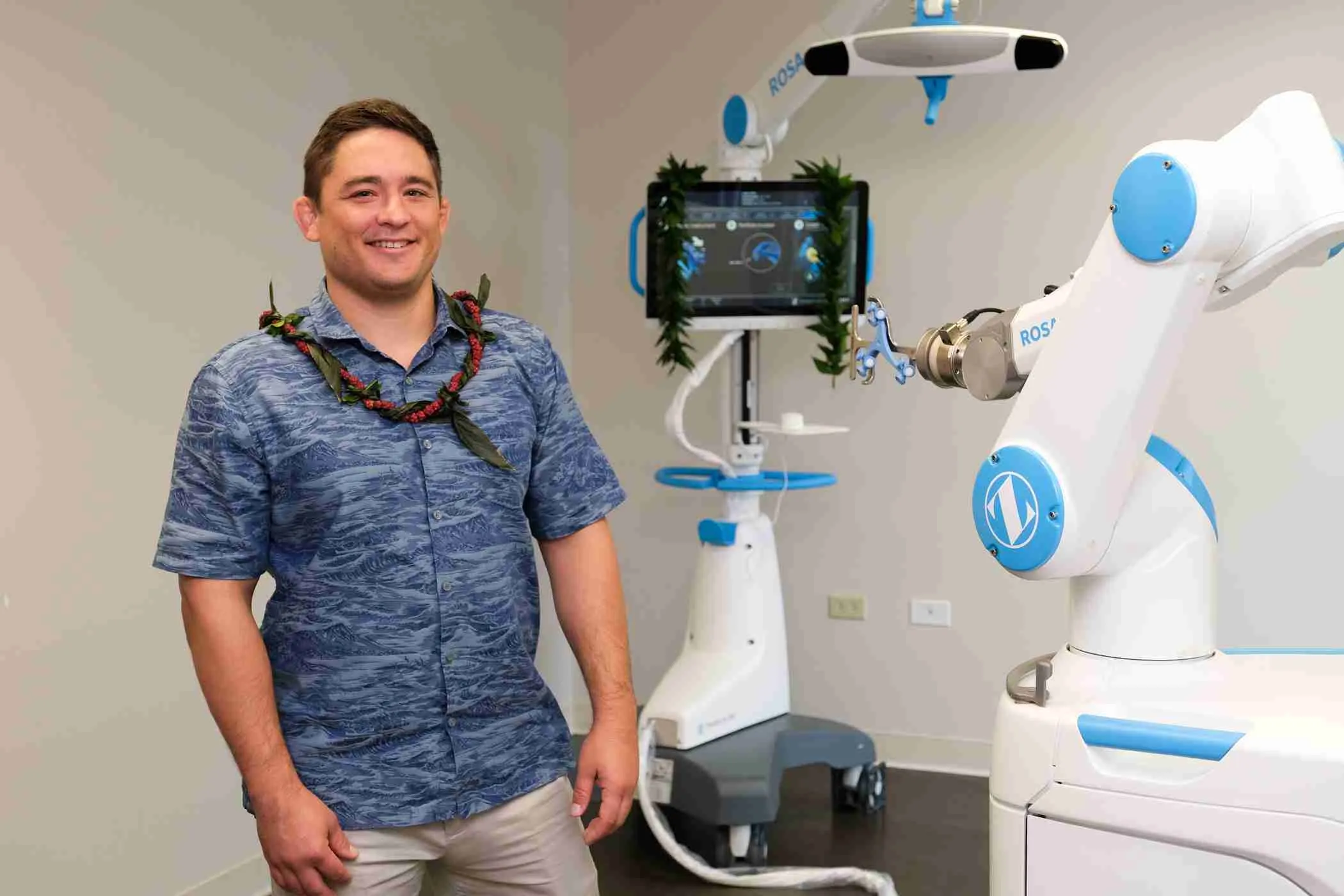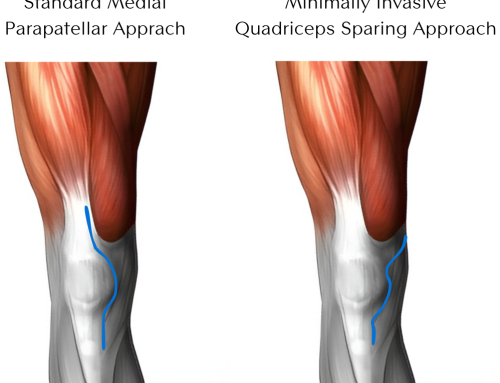One of the main reasons people elect to have a total hip replacement is for pain relief. However, many are also concerned about the potential scarring that can occur with this type of surgery. While there are a variety of incision options available, the bikini incision is becoming increasingly popular due to the superior cosmetic results it provides. This incision is also associated with no difference in nerve-related or other major complications when compared to traditional vertical incisions. Additionally, patients with a Body Mass Index (BMI) greater than 30 may see improvements in wound complications.
Anterior Approach Hip Replacement vs. Posterior Hip Replacement
With a traditional posterior-approach hip replacement, the surgeon makes an incision on the side or back of the hip. The anterior approach hip replacement is performed through an incision in the front of the hip. This approach requires special expertise and training. It is only performed by surgeons who have undergone extensive training with this approach. The advantages of this approach are less pain and quicker recovery following surgery when compared to a traditional hip replacement. These benefits are due to no muscles actually being cut and detached from the bone during surgery. There is also less risk of dislocation with this type of surgery.
Robotic-assisted Hip Replacement
Robotic-assisted hip replacement surgery is a newer way to do surgery on your hip. During this surgery, a robot helps the surgeon put the new hip in exactly the right spot. This will allow for a reduced rate of malpositioning of the implant. Malpositioning of implants can lead to a higher dislocation rate and problems with implant loosening. Improvement in component position may lead to fewer complications.
Bikini Incision Overview
The bikini incision is a variation of the anterior approach where the incision is parallel to the skin folds. By making the incision parallel to the skin folds, it follows Langer’s lines. Following the langer’s lines allows the incision to follow the natural orientation of the collagen fibers in the dermis, allowing for improved healing. Patients with elevated BMI, often have increased difficulty with healing due to the folds of the skin. This approach changes the location of the incision, decreasing the change of wound complications and infection. The term “bikini” is used because the incision is small and well hidden beneath clothing.
Conclusion:
If you are considering a total hip replacement, be sure to ask your surgeon about all of your incision options including the bikini incision. This option has become increasingly popular due to superior cosmetic results while still providing excellent outcomes in terms of pain relief and function. Patients with a BMI greater than 30 may also see reductions in wound complications. As always, be sure to consult with a board-certified, fellowship-trained Orthopedic Surgeon to ensure you are receiving the best care possible.
References:
Bikini Incision vs Longitudinal Incision for Anterior Total Hip Arthroplasty: A Systematic Review
Direct anterior approach for total hip arthroplasty using the “bikini incision”





